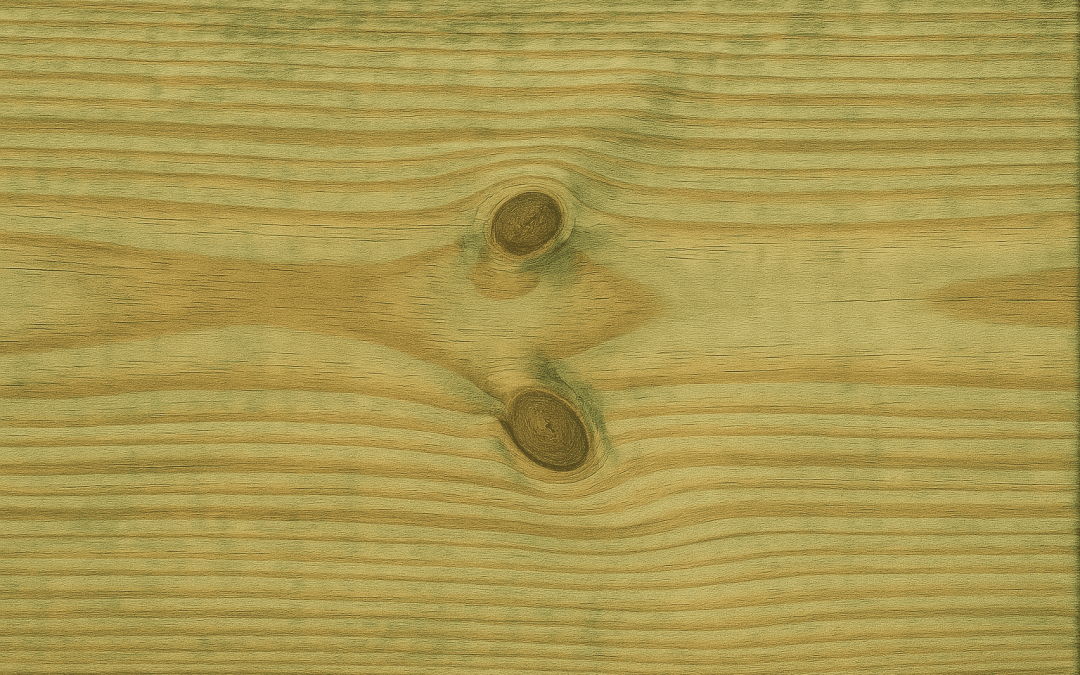Introduction: Why Treated Pine is Australia’s Go-To Timber
When it comes to building strong, affordable, and long-lasting outdoor structures, few materials are as reliable as treated pine. Loved by homeowners, landscapers, and builders alike, it’s the go-to timber for everything from decks and pergolas to fencing and retaining walls. Thanks to its protective treatment, treated pine stands up to Australia’s harsh climate—resisting rot, termites, and decay—while staying budget-friendly and easy to work with. In this guide, we’ll cover everything you need to know about treated pine, including its benefits, lifespan, grades, and practical uses, so you can decide if it’s the right choice for your next project.
What is Treated Pine Timber?
Treated pine timber is softwood that has been chemically treated to resist decay, insects, and moisture damage. The treatment penetrates the fibres, making it far more durable than raw pine. It’s widely used for decking, fencing, landscaping, pergolas, and structural projects because it’s affordable, versatile, and easy to work with.
Benefits of Using Treated Pine
Treated pine offers a unique combination of benefits that make it one of the most popular building materials in Australia:
- Cost-effective compared to hardwood or composite.
- Resistant to decay, termites, and fungi thanks to protective treatment.
- Versatile for outdoor and indoor projects.
- Lightweight and easy to cut, making it DIY-friendly.
- Sustainable, as pine is plantation-grown and renewable.
Common Uses of Treated Pine in Construction & Landscaping
Treated pine is incredibly versatile and used across countless projects:
- Decking: Affordable and easy to customise with paint or stain.
- Fencing: Durable posts and rails for boundary or privacy fences.
- Pergolas & outdoor structures: Strong yet lightweight framing.
- Retaining walls: H4 treated pine withstands ground contact.
- Garden edging & landscaping: Cost-effective and weather-resistant.
- DIY projects: Outdoor furniture, play equipment, and more.
Treated Pine Grades Explained: H3 vs H4 (and Beyond)
The “H” rating refers to the hazard class, which defines how well the timber is protected against decay and termites.
- H1–H2: Indoors only, protected from weather.
- H3: Above-ground outdoor exposure (e.g., cladding, pergolas, decking).
- H4: In-ground contact (e.g., posts, retaining walls, garden edging).
- H5–H6: Heavy-duty applications like water immersion or marine use.
Choosing the right grade ensures your timber performs as expected in its environment.
How Long Does Treated Pine Last?
The lifespan depends on the treatment level (H class), installation, and exposure. Properly installed treated pine can last 15–25 years outdoors, and even longer in protected areas. H4 and above, used for in-ground contact, can withstand decades if maintained with sealing and regular inspections.
How to Maintain and Protect Treated Pine
To get the best performance and longevity from treated pine, regular maintenance is key:
- Seal or stain the timber once it’s dry to lock out moisture.
- Reapply finishes every 1–2 years for outdoor projects.
- Avoid direct soil contact where possible, unless using H4 or higher.
- Inspect regularly for cracks, warping, or signs of wear.
Treated Pine vs Hardwood vs Composite: Which is Best?
- Treated Pine: Affordable, versatile, and widely available. Requires maintenance.
- Hardwood: Naturally durable, denser, and long-lasting. More expensive and harder to work with.
- Composite: Low maintenance, resistant to rot and pests, but more costly upfront.
Your choice depends on budget, style preferences, and how much maintenance you’re willing to take on.
Safety Considerations with Treated Pine
Modern treated pine is safe for most applications, but it’s important to handle it correctly:
- Wear gloves and safety gear when cutting or sanding.
- Avoid burning offcuts, as chemicals may release fumes.
- Seal cut ends and exposed surfaces to reduce leaching.
- Use low-toxicity treatments (like ACQ or LOSP) indoors or where contact is likely.
Is Treated Pine Timber Safe for Outdoor and Indoor Use?
Yes. Modern treated pine is safe for most outdoor applications, including decking, posts, and garden edging. For indoor use, low-to-no arsenic treatments (like ACQ or LOSP) are recommended. Always wear gloves when handling, use protective gear when cutting, and seal exposed surfaces to minimise chemical leaching.
What are the Advantages and Disadvantages of Treated Pine Timber?
Advantages: Affordable, widely available, lightweight, easy to cut, resistant to rot, insects, and weather.
Disadvantages: Less naturally durable than hardwood, requires sealing/maintenance, can warp or split if not properly dried, and treatment chemicals limit its use in sensitive applications like children’s play areas or garden beds.
Can Treated Pine Timber Be Painted, Stained, or Sealed?
Yes. Treated pine can be painted, stained, or sealed to improve its look and extend its life. Always let fresh timber dry before applying coatings, as treatments may leave moisture in the wood. Using exterior-grade paints or penetrating deck oils ensures better protection against weathering and fading.
How Much Does Treated Pine Timber Cost Compared to Hardwood or Composite?
Treated pine is one of the most affordable building timbers in Australia. On average, it costs significantly less than hardwood or composite decking, sometimes less than half the price. This makes it a popular choice for budget-friendly projects, though hardwoods and composites usually last longer with less maintenance.
What is the Difference Between H3 and H4 Treated Pine Timber?
The “H” rating shows the hazard level and durability. H3 is designed for above-ground, outdoor exposure, such as decking, pergolas, and cladding. H4 is treated for in-ground contact, making it suitable for posts, garden edging, and retaining walls. Choosing the right class ensures your project lasts longer.
Conclusion
Treated pine offers the perfect balance of affordability, durability, and versatility for Australian conditions. Whether you’re building a deck, installing fencing, or designing a pergola, it’s a reliable option that can last decades with the right care. By understanding its grades, uses, and maintenance needs, you’ll get the best value for your investment. For high-quality treated pine timber, explore Austimber’s range and bring your next project to life with confidence.

